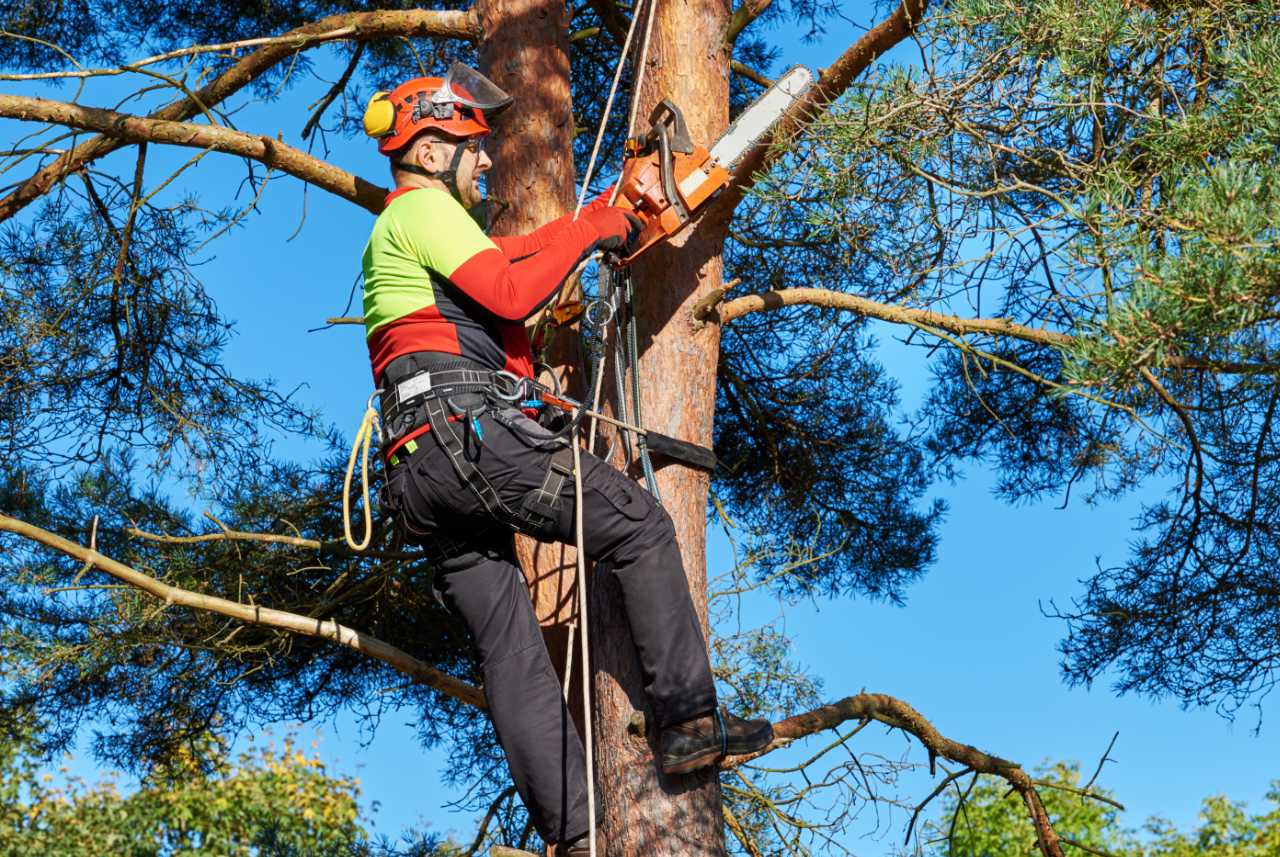
Falls from height are the biggest cause of death in the workplace, and employers have a legal responsibility to protect the health and safety of employees when working at height. In this article we discuss working at height hazards and how employers can reduce the chances of accidents and injuries.
What are the hazards of working at height?
The primary hazards of working at height include:
Falls
Falls are the most significant hazard associated with working at heights. This includes falls from ladders, scaffolding, roofs, and other elevated work areas. Falls can result in serious injuries such as fractures, head trauma, and even death.
Falling objects
Tools, materials, or debris can fall from heights, posing a risk to workers below. Proper securing of tools and materials, and the use of safety nets or toe boards can mitigate this risk.
Structural failure
Scaffolding, ladders, or platforms may fail if not properly constructed or maintained. Exceeding the weight capacity of the structure can lead to collapse.
Environmental conditions
Adverse weather conditions such as high winds, rain, ice, or lightning can increase the risk of falls and other accidents. Poor lighting can affect the ability to see hazards clearly, increasing the risk of accidents.
Slips and trips
Wet, oily, or uneven surfaces can cause slips and trips. Poor housekeeping, such as cluttered work areas, increases the risk.
Human factors
Workers who are tired may be less attentive and more prone to accidents. Inadequate training on safety procedures and the use of equipment can lead to improper practices and accidents.
Electricity
Contact with power lines while working at heights can result in electrocution. Improper use of electrical tools can also pose a risk.
Lack of safety equipment
Not using or improperly using fall protection equipment such as harnesses, guardrails, and safety nets increases the risk of injury.
Inadequate risk assessment
Not properly assessing the risks associated with a particular task can lead to unanticipated hazards. Lack of clear procedures for emergencies can exacerbate the severity of accidents.
Physical and psychological stress
Fear of heights can cause stress and affect concentration, leading to mistakes. Lifting or moving heavy objects at heights can strain the body and lead to injury.
What are the responsibilities of an employee working at heights?
Under the Health and Safety etc. Act 1974, employees have a duty to take reasonable care of themselves and others who may be affected by their actions. They must also support their employer to fulfil their legal responsibilities by co-operating with health and safety measures that have been implemented.
What are an employer’s responsibilities for working at height safety?
The key legislation for working at height is the Work at Height Regulations 2005.
The regulations place legal duties on employers or those who control work at height, such as facilities managers and building owners, to prevent death and injury due to a fall from height. They must:
- Ensure all work at height is properly planned and organised.
- Ensure those carrying out work at height are competent and adequately trained.
- Assess the risks from work at height.
- Select appropriate equipment and make sure it is used.
- Properly manage the risks of working on or near fragile surfaces.
- Properly inspect and maintain all equipment used for work at height.
The regulations state that employers should follow a three-step working from height ‘hierarchy of controls’:
1. Avoid
You should avoid working from height as much as possible by doing work from the ground.
2. Prevent
If work from height cannot be avoided, you should prevent falls by using an existing place of work that is already safe such as a non-fragile roof with a permanent handrail or by using the correct equipment.
You should ensure there is protection for everyone who is at risk when working at height. Examples of collective equipment include mobile elevating platforms and scaffolds. Personal protective equipment should also be provided to protect the individual, for example work restraint systems.
3. Mitigate
You should put measures to minimise the distance and the injuries should a personal fall from height. This may include collective protections such as safety nets and airbags and personal protection such as industrial rope access and fall arrest systems.
The Health and Safety Executive has a useful visual guide to the working at height hierarchy of control.
Employers must also ensure everyone working from height is competent and has the necessary skills and knowledge to complete the task safely. Our Working at Height Training helps employers and contractors understand the requirements for working safely at height.
What should you consider in a working at height risk assessment?
Before work at height tasks are carried out, it is a legal requirement that employers thoroughly assess the risks. The general five-step process for assessing risks are:
- Identify hazards– look at how people work, what equipment is used and what safe or unsafe practices exist.
- Assess the risks– examine who might be harmed and how, what is already being done to control the risks and what further action needs to be taken to control the risks.
- Control the risks– decide whether you can eliminate the hazard or introduce measures to ensure that harm is unlikely.
- Record significant findings – these should be written down if the organisation has 5 or more employees.
- Review the controls– regularly check that the controls are still working and are effective.
The Health and Safety Executive provide a guide to Managing risks and risk assessments at work.
A method statement is a way to the record hazards associated with a particular task. It is a tool to communicate what the hazards are and mitigation strategies so that all those working on site understand how to work safely.
Safe use of ladders
Under the law, ladders are permitted to be used for working at height if a risk assessment shows that a higher level of fall protection is not needed due to low risk and short duration of use.
If a task involves using a leaning ladder for more than 30 minutes, the Health and Safety Executive recommends using alternative equipment. Please see, Your essential guide to UK ladder regulations for more about the safe use of ladders.
We offer Ladder Safety Training, an IOSH Approved eLearning course created by experienced health and safety professionals. The course helps to ensure employees know how to conduct safety checks and can set up and use ladders correctly. It supports employers to comply with working from height regulations.
Ladder safety is also covered in our comprehensive Working at Heights Training (see below).
Edge protection
Employers must take appropriate measures to prevent falls when working at height, such as the use of roof edge protection when there is a risk of falling more than two metres. Examples of roof edge protection include handrails and guardrails designed to prevent workers from falling over the edge of a building.
To demonstrate the value of edge protection, an HSE case study outlines how an employee suffered permanent spinal injuries when he fell almost three metres from the roof of a poultry unit. The roof had no edge protection in place. The company was fined £19,500 plus costs of £3,095.
Fall arrest equipment
If the risk of a fall remains, measures must be taken to minimise the distance and the consequences of a fall. Examples include the use of safety nets, airbags, industrial rope access and fall arrest systems such as safety harnesses.
Working at Height Training
Developed by specialist health and safety consultants, our online Working at Height Training highlights working at height hazards and practical steps to prevent accidents.
The course supports compliance with the Working at Height Regulations 2005. It is IOSH Approved and CPD Certified and follows the HSE’s guidance, Safe use of Ladders and Step Ladders – An employers guide IND(G) 402 and The Work at Height Regulations – A Brief Guide’ AND(G) 401.
To find out how your organisation can benefit from Working at Height Training, please visit our website or contact us on 0203 011 4242/info@praxis42.com
